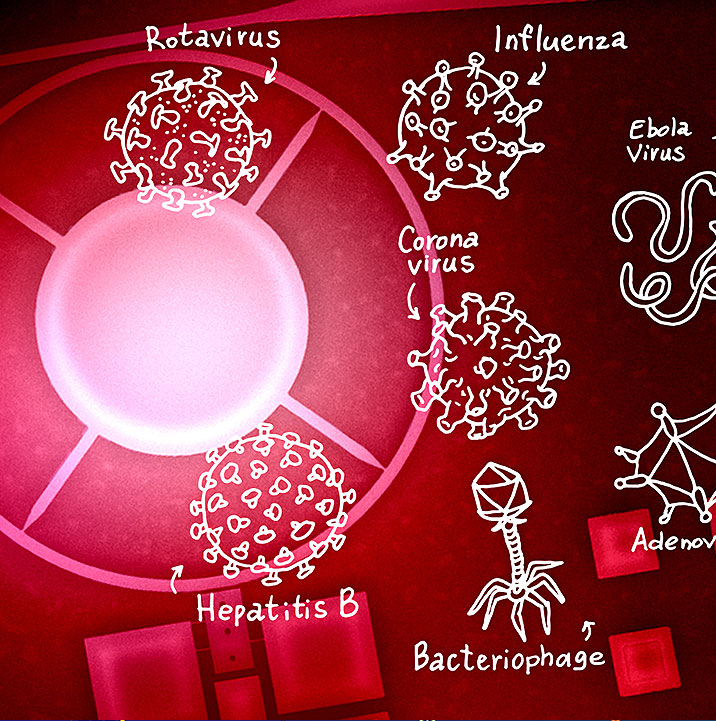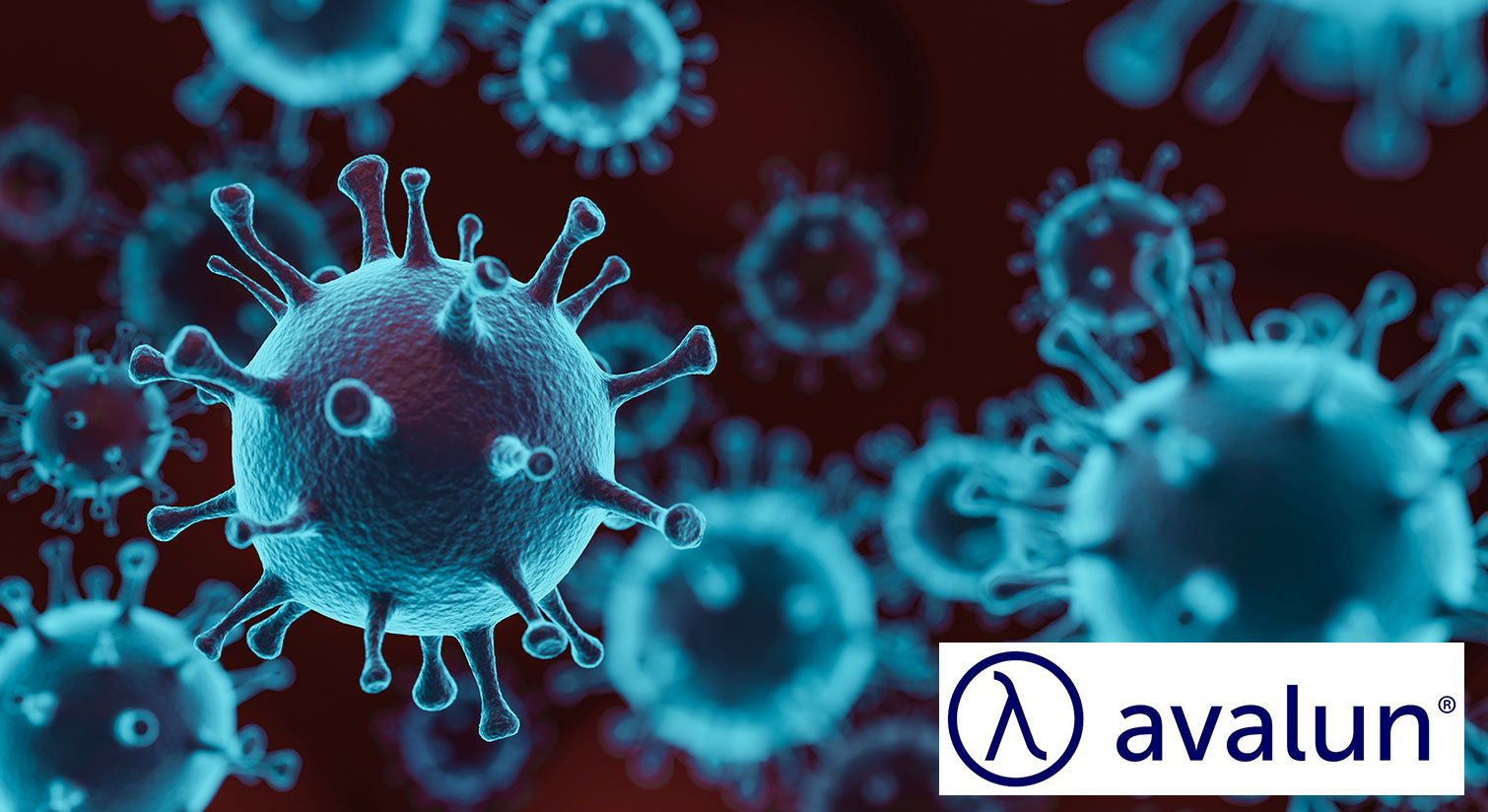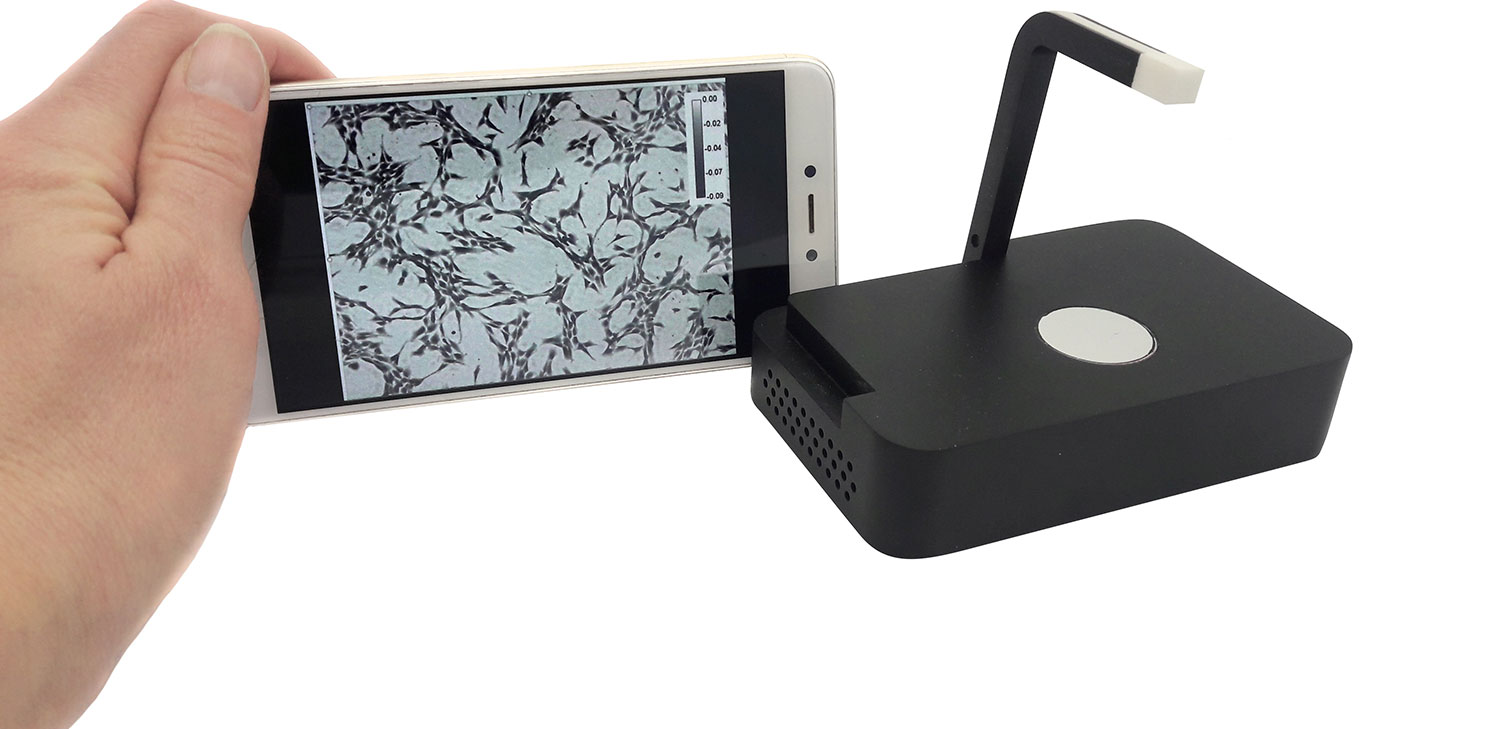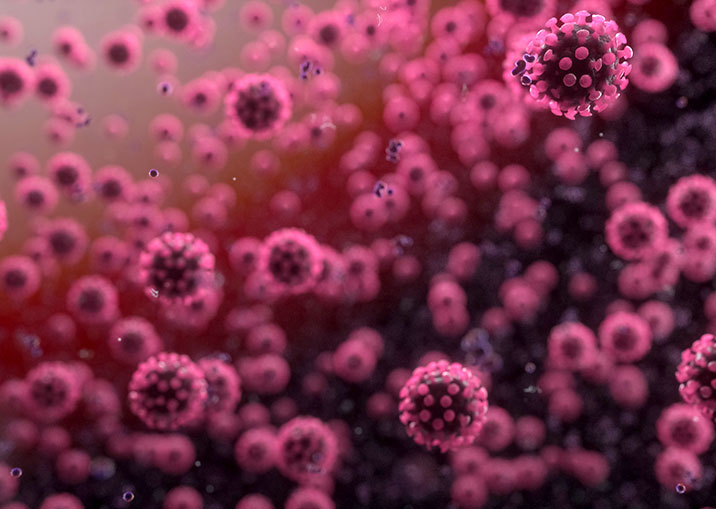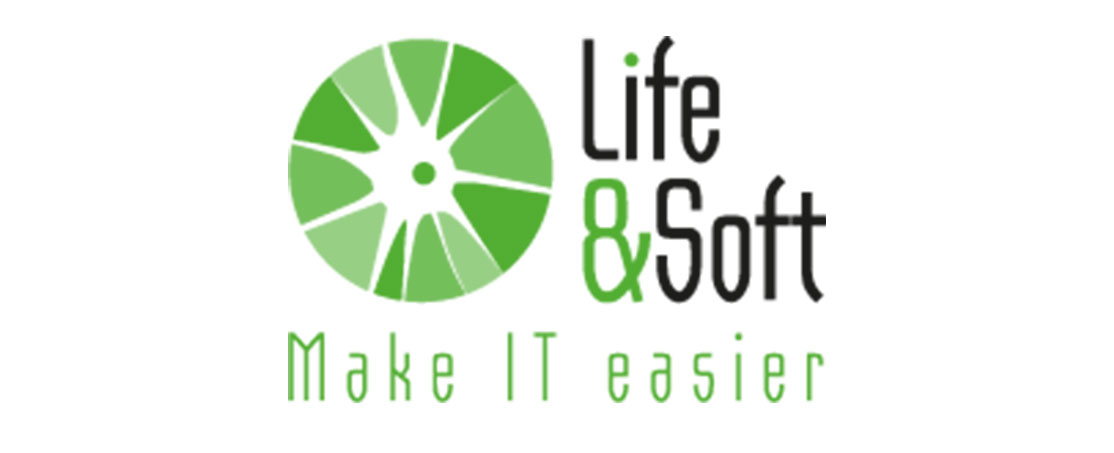The CEA has been involved in biological and health research ever since its creation. Its aim today is to capitalise on all the expertise it has developed over the years to contribute to the emergence of the medicine of the future, in close association with clinical research partner organisations. Based on cutting-edge fundamental research, it devises and develops smart medical technologies to provide new generations of therapies and move current medicine towards more predictive, personalised, preventive medicine where the patient plays an essential role in the care pathway.
The CEA’s research in the field of health originated in the study of the impact of ionising radiation on living beings and the use of radioactive elements as tracers to understand biological phenomena. Today these tracers are a valuable tool in the CEA’s fundamental and applied research. They also form the basis of a great deal of work carried out in the health technologies field, which also makes use of knowledge acquired in the wide variety of other fields which the CEA addresses, including biology, chemistry, physics, microelectronics, robotics, computing, software and cybersecurity.
Research carried out at the CEA is helping to develop a “new” approach to medicine, which will incorporate the whole value chain and those associated with it (research, innovation and care) for people and public health in general.
In association with the leading players in the academic, hospital and industrial sectors and in the context of preclinical and clinical research, the CEA is developing technologies, most of which can be used together, to investigate living things and devise innovative strategies for precision medicine (diagnostics, monitoring, prevention and therapy). The multiplicity of the expertise of its teams and its capacity to design and operate open and often unique technology platforms are embodied in the form of several national biology and health infrastructures (INBS) and digital infrastructures (France Life Imaging, France Génomique, IDMIT, NeuraTRIS, N4HCloud), which are either led by the CEA or in which it is a partner. This investment and its ambitious policy to transfer its expertise to industry make the CEA a leading player in the health field.
All the technologies on which the medicine of the future is based require considerable interdisciplinarity between biologists, physicians, physicists, chemists, mathematicians and computer scientists. These technologies are divided into four main areas at the CEA: medical imaging and the development of the associated tools; primary prevention and diagnostic tools; therapeutic innovations and the associated technologies; and large-scale analysis.
Medical imaging and the associated tools
The CEA’s current biomedical imaging strategy focuses on breakthrough innovations and its ability to be a technology integrator. It is in particular involved in ultra-high field MRI and new radiopharmaceuticals, multimodal and multi-scale imaging, signal processing and image analysis, and data processing using artificial intelligence methods. This research combines various CEA teams working in the life sciences field, and also those working in instrumentation (superconducting magnets, gamma and X-ray detection systems, transcranial ultrasound scanning, etc.).
Primary prevention and diagnostic tools
The CEA is actively involved in the design of medical devices.
The main priorities of the research carried out on in vitro diagnostic medical devices are to improve patient/sensor interfaces to ensure high quality measurements (biocompatibility, conformability, resorbability, etc.); to define the biomarkers that have translational relevance; to develop sensors and the associated processing algorithms, as well as rapid point of care diagnostic tests, based on antibody engineering, for example to detect infectious agents or to measure antibiotic resistance.
These technologies facilitate access to care and offer useful solutions for minimally invasive or outpatient medicine, patient monitoring and prevention. They also have applications in the fields of sport and well-being.
Another area in which the CEA is involved is that of devices with biological components, organ-on-a-chip devices and organoids, which could act as “biological companions” with three main applications: studying fundamental mechanisms and physiopathological processes, supporting pharmacological screening (to find new drugs) and helping to choose personalised therapies. Organoids also offer the potential, in the long term, of partially or temporarily restoring an impaired physiological function while awaiting an organ transplant (regenerative medicine). A prototype “pancreas-on-a-chip” is currently being developed in Grenoble, in association with the Grenoble-Alpes University hospital.
Therapeutic innovations and associated technologies
The CEA is seeking to develop innovative physical, chemical and biological therapies (gene therapy, gene transfer, stem cells) and is working on issues associated with their delivery. Radiotherapy can therefore be considered to be a precise technique in the treatment of cancer as dose delivery is controlled locally and adjusted to individual sensitivity. Gene and cell therapies have in important role in the therapeutic arsenal of the medicine of the future. They represent a great hope for personalised treatment for patients who have reached a therapeutic impasse.
Large-scale analysis
The CEA is actively involved in three initiatives in the field of digital health solutions:
- • The 2025 French genomic medicine initiative (Plan France Médecine Génomique 2025), which involves setting up twelve diagnostic sequencing platforms. This is supported by a centre of reference (CRefIX), and the creation of a national infrastructure for collecting genomic data across France both for the care pathway and the accelerated development of digital clinical research (CAD, Collecteur Analyseur de Données - data analyser collector).
- • The rollout of an R&D platform for digital technology in health, N4HCloud, accessible to both the academic and private research communities, initially based on data from the image acquisition and processing centre (CATI) and then on other “omics” data (proteomics and metabolomics). N4HCloud was set up at the CEA’s Very Large Computing Centre (TGCC) at Bruyères-le-Châtel and began production in autumn 2020. This platform is designed to be the forerunner of the CAD, whose research arm will also be located at the TGCC.
- • The integration of this data with other data, for example from imaging, or more generally with phenotype data, which reflects the specific features of each individual’s diseases, will drastically reduce diagnostic error and improve the effectiveness of treatments.
Organ-on-a-chip devices: Miniaturised systems, designed using cells fitted with micro-sensors to reproduce the architecture and operation of a human organ, such as the pancreas.
Organoids: “Mini organs” obtained using stem cells or progenitor cells, grown in three dimensions in a hydrogel culture that mimics the extracellular matrix.
Proteomics: Study of all the proteins (proteome) of a cell, an organelle, a tissue, an organ or an organism, at a given moment and under given conditions.
Metabolomics: Study of all the primary metabolites (sugars, amino acids, fatty acids, etc.) present in a cell, an organ or an organism. This is the equivalent of genomics for DNA.
Phenotype: Set of observable characteristics of an organism (anatomical, physiological, molecular or behavioural).
